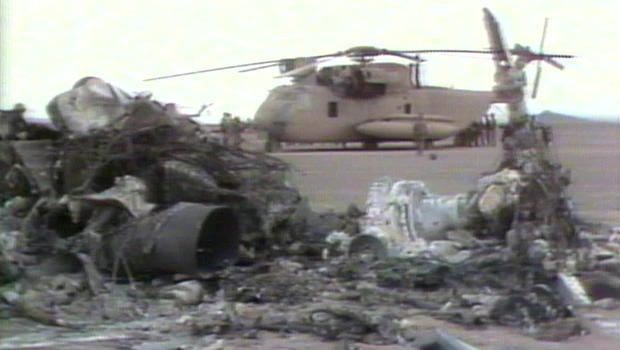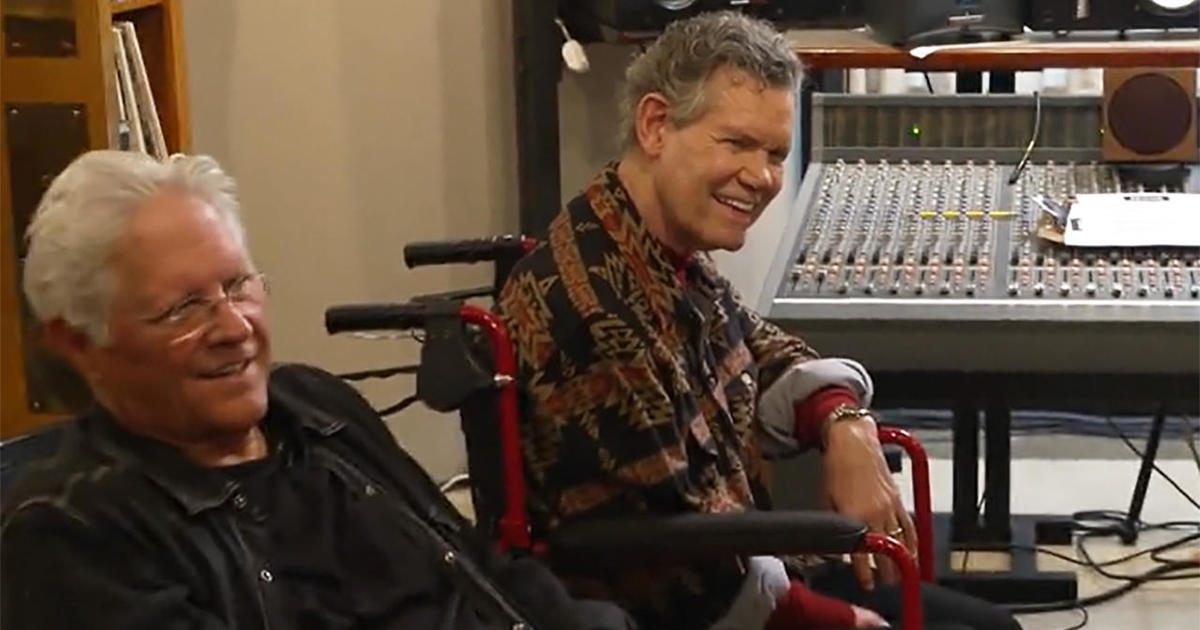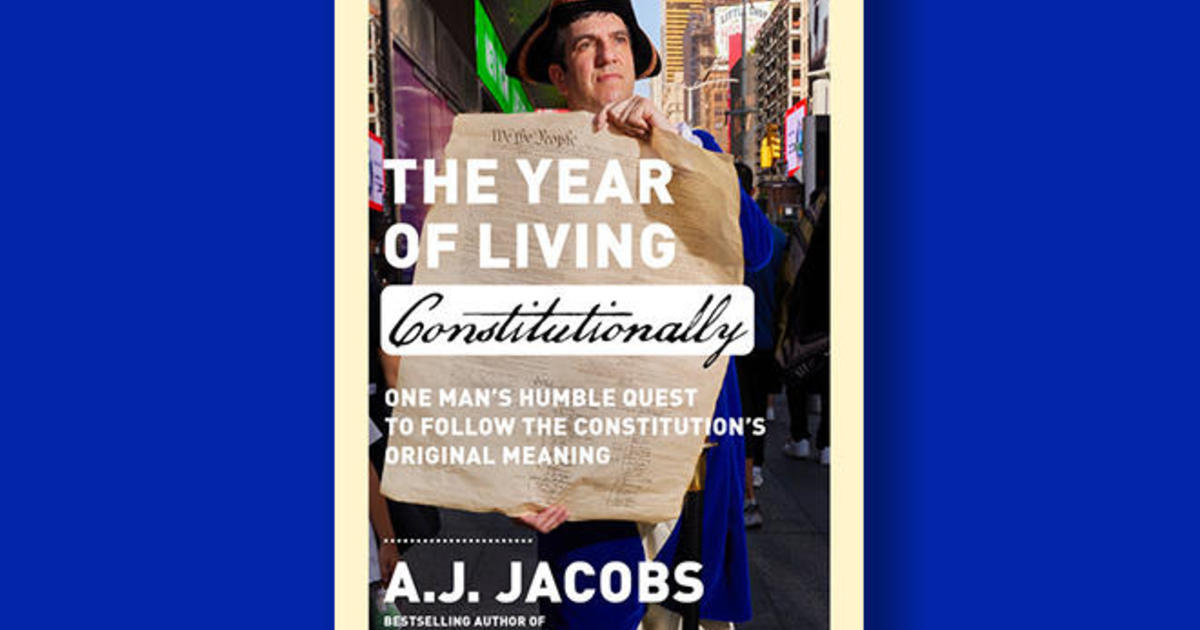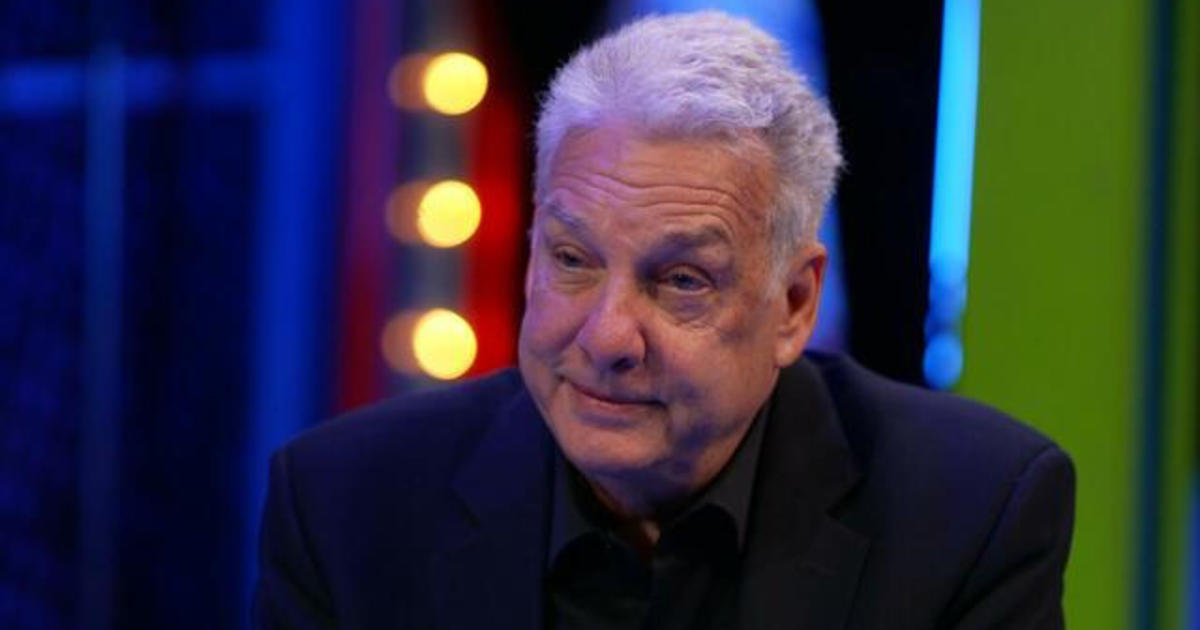"Desert One": Inside the failed 1980 hostage rescue in Iran
It is an indelible image of American military failure: The wreckage of the disastrous attempt to rescue American hostages from Iran 40 years ago.
"It's 40 years, yes, and it's something you never get over; you think about it a lot," said Jim Schaefer. He was badly burned when the helicopter he was flying crashed into a troop transport at a place called Desert One in the middle of Iran's Great Salt Desert.
"There's no scarring left on my face," Schaefer said.
CBS News national security correspondent David Martin asked, "What are your injuries like today?"
"Mainly I suffer a lot because I dream about that almost every night. The neck is very sore and I have a hard time turning. Other than that, the burns have all cleaned up, they cleaned up pretty easy."
"No scars on your face, but it sounds like you still have plenty of scars," said Martin.
"All my scars are in my head, and I think about that to this day."
Fifty-three Americans were being held hostage by Iranians who seized the U.S. Embassy in Tehran, and President Jimmy Carter ordered a mission to rescue them.
"Personally, I didn't think we had much of a chance," said Wade Ishimoto, who was a member of Delta Force, "but that was my personal opinion, which I did not voice. Because clearly, when the President of the United States says 'Go,' you go."
The hostage rescue team was led by a charismatic Army colonel, "Charging Charlie" Beckwith.
"You either loved him or you hated him – and sometimes you did both on the same day," Ishimoto said.
Beckwith and his force of 123 men took off from an isolated airstrip in Egypt. Beckwith has since passed away. Jerry Boykin was one of his squad leaders, and Bucky Burruss was his deputy.
"Col. Beckwith gave us a pep talk," Burruss recalled. "Jerry Boykin lead us in prayer and then I led us in singing 'God Bless America,' and off we went."
What happened on that high-risk mission is relived in a new documentary by Oscar-winning filmmaker Barbara Kopple, "Desert One." It includes never-before-heard conversations between President Carter and Joint Chiefs Chairman Gen. David Jones.
Carter: "Do you have any reports on the helicopters' location?"
Jones: "They have passed the point of no return, and they are only within 30 minutes out from the landing point."
Eight helicopters had to fly nearly 700 miles to a desert landing strip, where they would rendezvous with Delta Force, flying in on C-130s. But one helicopter dropped out because of an impending blade failure.
The remaining seven had to grope their way through unexpected clouds of dust. At first, Jim Schaefer thought it was fog: "I licked my finger, stuck it out the little window on the side, brought it back in, and it was full of dust," he said. "It was kind of harrowing. We were about 300 feet and we couldn't see the ground at 300 feet."
Disoriented, another helicopter turned back. The remaining six finally made it to Desert One, where Delta Force was having its own problems. A bus full of Iranians had appeared on a dirt road that ran through the landing zone. As illustrated in the documentary, Delta Force stopped it with a grenade round, and detained the passengers.
Then, Wade Ishimoto saw another set of headlights coming and ordered one of his men to stop it with an anti-tank weapon.
Ishimoto said, "And the next words out of my mouth are, 'Holy mackerel, a fuel truck!' We hit a 3,000-gallon fuel transporter truck."
A mission which depended on Delta Force reaching the embassy without being detected was lighting up the nighttime sky.
Burruss said, "I remember looking at that thing burning and seeing this bus and these shadows, and Beckwith saying, 'Welcome to World War III.'"
President Carter called Joint Chiefs Chairman Jones to find out what was happening.
Carter: "Do you recall why we decided to land just adjacent to a highway?"
Jones: "It's not a highway, sir. It's a little road. It was the only place we'd been able to find so far that we could land."
But that was not the worst of it; a hydraulic pump on one of the remaining helicopters was glowing red hot. The mission was now down to five helicopters, which was not enough to pull off the rescue.
"The plan said we must leave Desert One with at least six viable helicopters," said Ishimoto.
With the mission scrubbed, the rescue force had to get out of Iran as fast as possible. Schaefer started moving his helicopter away from a C-130. "Not realizing that the air traffic controller guy on the ground was getting dust so bad into his mask that he was backing up," Schaefer said. "As he backed up, he was getting closer to the C-130, and I didn't realize I was kind of drifting sideways to the right."
Schaefer's rotor blades sliced into the C-130: "The next thing I know, we were on fire and on the ground."
Three Marines, including his crew chief, were in the back. "He said, 'I need some help.' And I remember reaching back and holding his arm, and I heard this horrible scream, and he let go."
Schaefer dove out his window to the ground, but part of Delta Force was trapped in the back of the burning C-130. Somehow they all got through a single door, and escaped through the flames.
Burruss said, "It looked like something from a movie. They looked like they were walking out of hell."
Eight Americans were killed – five crew members of the C-130, and three in the back of Schaefer's helicopter. Their bodies left behind.
Ishimoto said, "The fire was so intense, we knew it would be at least a couple of hours before it burnt out. So, the tough decision was made that we have got to leave those bodies behind."
Martin asked Schaefer, "Do you blame yourself in any way?"
"Yeah, I blame myself for a lot of ways, especially for the crash and the loss of the lives," he replied. "There was eight lives killed. And I hate to say it, I hold myself personally responsible for it."
Burruss said, "There was so much involved in this, in the disaster at the desert there, starting with the weather. I'd hate to see the guy blame himself for that. He, he gave it his best try, as we all did."
As Ishimoto said, "We had to try. And we did. And we failed."
It would be eight more months before Iran finally released the hostages. We'll never know if Delta Force could have rescued them had they made it to the embassy. All we know is that four secret agents had cased the embassy, and one of them radioed back it would be a piece of cake.
Burruss noted, "Those were his exact words: 'Piece of cake.'"
To watch a trailer for "Desert One" click on the video player below:
For more info:
- "Desert One," in theatres and virtual cinemas beginning August 21 | Get tickets
Story produced by Mary Walsh and John Goodwin. Editor: Steven Tyler.




